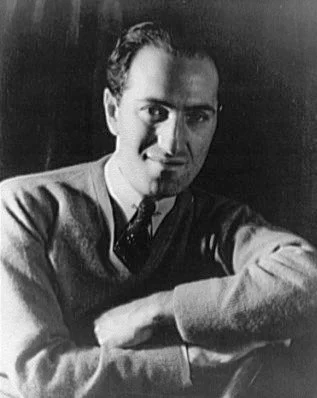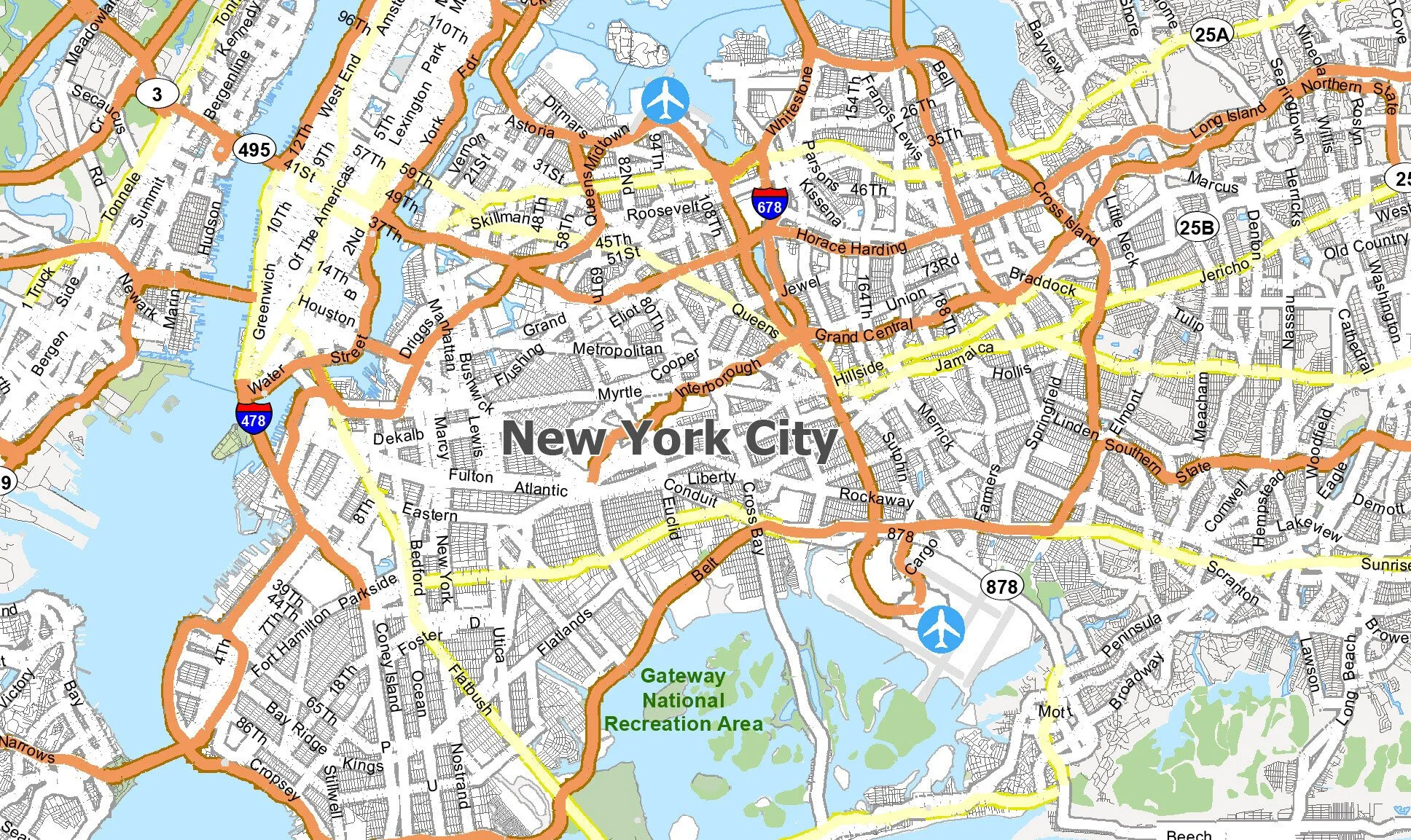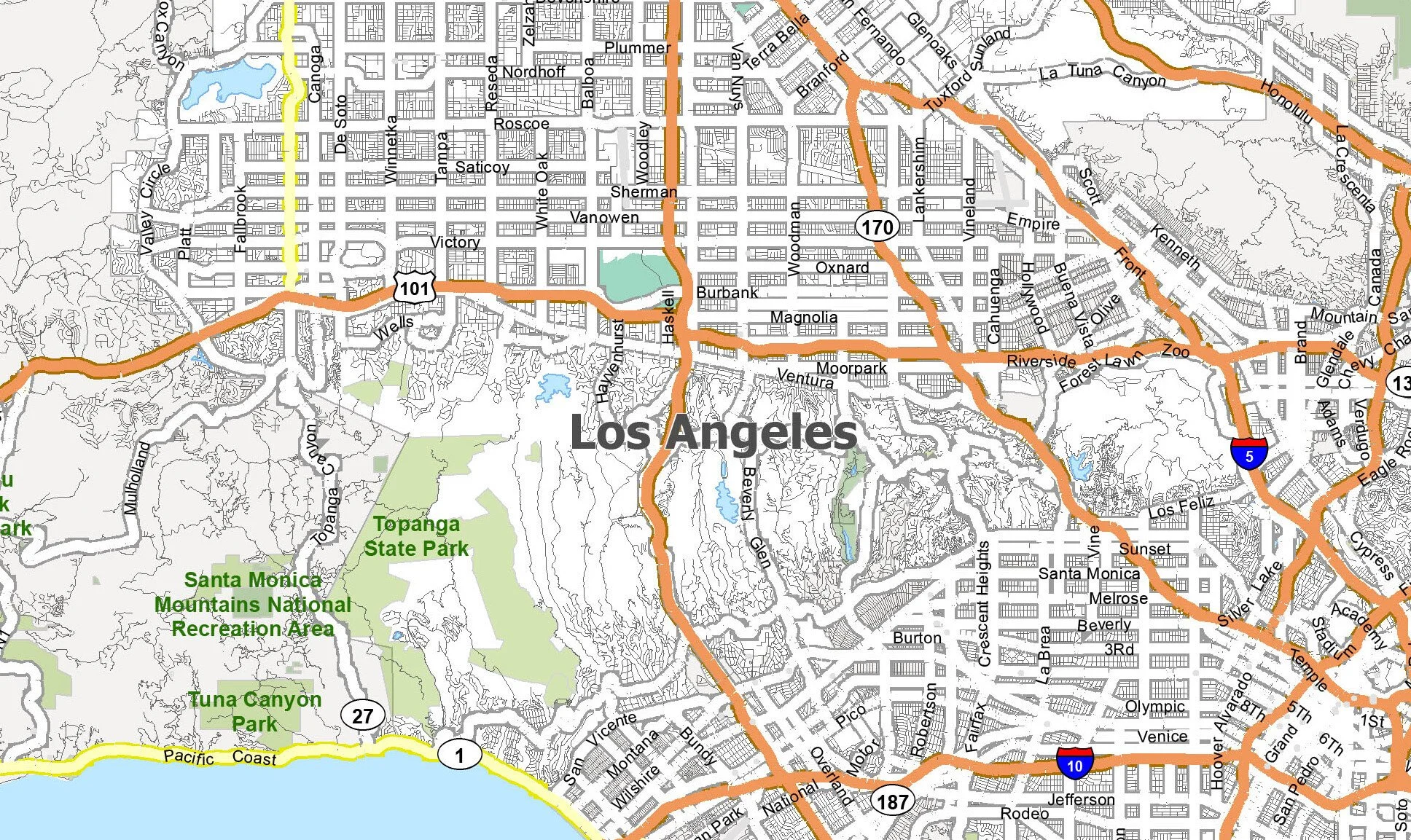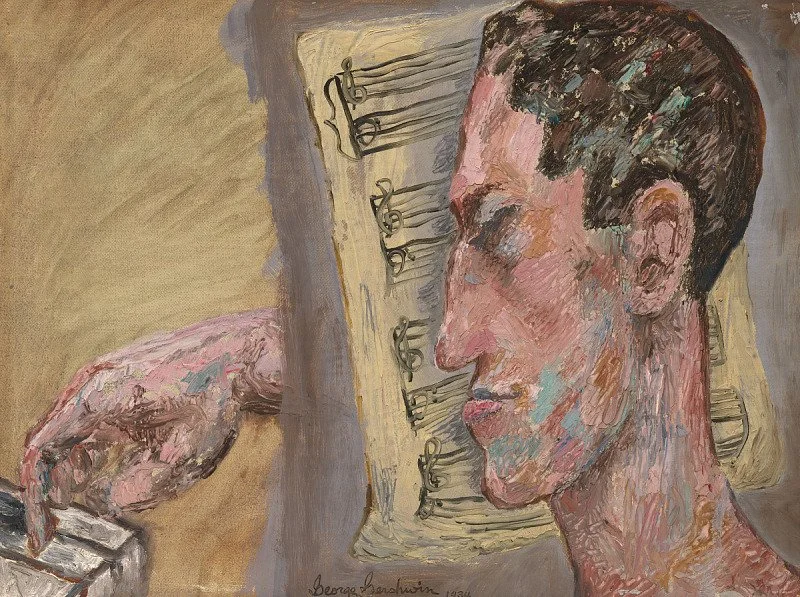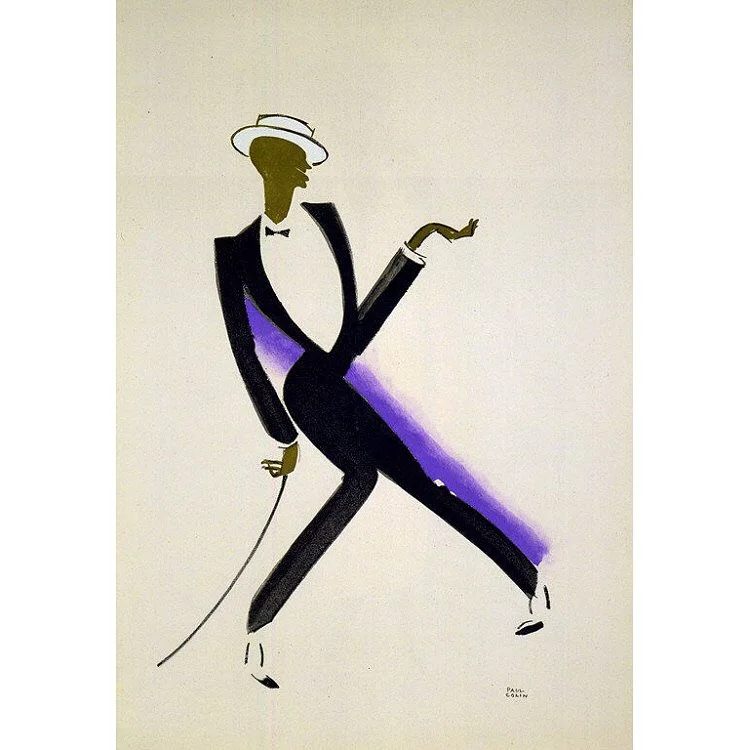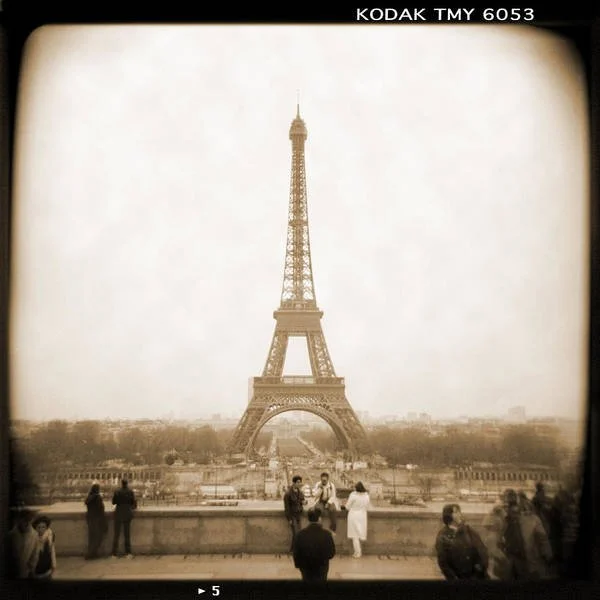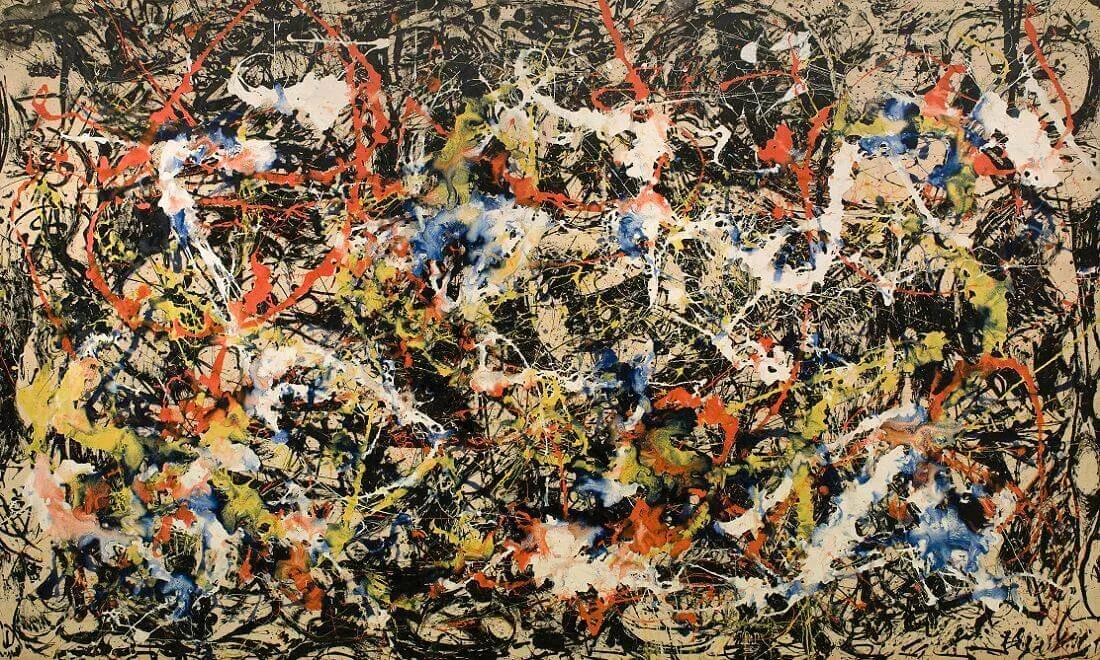George Gershwin
Born: 26 September 1898
Died: 11 July 1937
Fast Facts
Talented pianist
First job was writing popular songs while working in Tin Pan Alley
Along with his brother, Ira, wrote numerous popular songs and Broadway musicals
Brough jazz influence into classical works
Died due to a brain tumor when he was only 38
George Gershwin
Jazz in the Concert Hall
George Gershwin was born in New York City. In 1908, the ten-year-old George found his calling after hearing a friend’s violin recital; Gershwin began piano lessons soon after. At fifteen, Gershwin went to work in Tin Pan Alley, writing, arranging, and recording music. In the early 1920s, Gershwin began writing for the Broadway stage, completing several musicals. He completed his first classical work soon after. Rhapsody in Blue established his signature style, combining classical forms and jazz. Gershwin completed several more stage musicals, collaborating with his brother Ira. He traveled to Paris in the mid-1920s, hoping to study with the noted composers Nadia Boulanger or Maurice Ravel. Both refused to teach him, afraid that classical instruction would ruin his jazz style. While there he composed An American in Paris, which became one of his most popular compositions.
After returning to New York, Gershwin again collaborated with his brother on several new musicals and his opera Porgy and Bess. Gershwin decided to try something different and moved to Hollywood to write film music. However, in early 1937, Gershwin began complaining of severe headaches, and suffered lack of coordination, blackouts, and mood swings. In July, he collapsed at a friend’s home and fell into a coma, emergency surgery revealed a large brain tumor. He never regained consciousness and died at a tragically young thirty-eight.
Scenes of Paris
Gershwin traveled to Paris in 1926 hoping to meet and study with Maurice Ravel. Although Ravel turned Gershwin down, the sights and sounds of Paris were a huge inspiration to Gershwin. After a second trip to France Gershwin set to work writing a work based on his time in Paris. The main theme of An American in Paris is based on a short tune called “Very Parisienne” which Gershwin wrote during his first trip as a thank you gift for his hosts, Mabel and Robert Schirmer. This tune became the basis for what Gershwin called, “a rhapsodic ballet” which allowed him to write in a freer style. Gershwin wanted to present musically an American visitor’s impressions of Paris as they strolled through the city hearing the sounds of the city. Gershwin wrote, “If it pleases symphony audiences as a light, jolly piece, a series of impressions musically expressed, it succeeds.” An American in Paris transports us to another time and place, while still reminding us of home.
Gershwin was born in New York City, where he lived for most of his life.
In 1936, he moved to Los Angeles, where he died one year later.
An American in Paris
What to listen for:
The jaunty main melody
Use of different instruments including celesta, saxophones, and taxi horns
The blues scale and jazz inspired harmonies
Three main sections features French influences, then American, and then a combination
A grand ending which combines the two main themes and styles
Composers often write lots of music, but only some of it becomes famous. Below are some important works by Gershwin which are still performed today:
Important Works
Rhapsody in Blue
An American in Paris
Porgy and Bess
“I Got Rhythm”
“Embraceable You”
Concerto in F for piano
Self-Portrait by George Gershwin, image source: https://www.si.edu/object/george-gershwin-self-portrait:npg_NPG.66.48
Male Dancer with Blue by Paul Colin, image source: https://www.si.edu/object/le-tumulte-noirmale-dancer-blue:npg_NPG.91.199.12A
A Walk Through Paris by Mike McGlothlen, image source: https://fineartamerica.com/featured/a-walk-through-paris-5-mike-mcglothlen.html?product=art-print
Convergence by Jackson Pollock, image source: https://www.art.com/products/p10123838-sa-i929387/jackson-pollock-convergence.htm?upi=EHP4W0&sOrigID=5
Fun Facts
A number of notable musicians attended the premier of Rhapsody in Blue including Victor Herbert, Walter Damrosch, Igor Stravinsky, Leopold Stokowski, and John Philip Sousa.
Rhapsody in Blue was the second to last piece in a lengthy concert in honor of Abraham Lincoln’s birthday. The program included twenty-six pieces.
Gershwin’s paternal grandfather, and namesake, served as a mechanic for the Imperial Russian Army for twenty-five years. This service allowed him, as a Jew, free travel within the empire.
Gershwin’s parents bought a piano and intended for his older brother, Ira, to start lessons. However, George was the one taken with the instrument, apparently much to Ira’s relief.
Gershwin published his first song as an employee of Tin Pan Alley at seventeen, earning fifty cents.
Gershwin allowed his song “Strike Up the Band” to be modified slightly to become “Strike Up the Band for UCLA”, the football team’s fight song.
When it became apparent that Gershwin needed brain surgery, several people recommended Walter Dandy, a highly regarded neurosurgeon. Gershwin was in the hospital in Los Angeles while Dandy was fishing in the Chesapeake Bay with the governor of Maryland. A close friend called the White House who sent a Cost Guard cutter to find the governor’s yacht. A charter plane was waiting to take the doctor to Newark and then on to Los Angeles. However, these extraordinary efforts didn’t get Dandy to Los Angeles in time. Doctors in California ended up operating on Gershwin.
The Gershwin brothers’ musical, Of Thee I Sing (1931), was the first musical comedy to win a Pulitzer Prize for Drama.
A memorial concert was held for Gershwin at the Hollywood Bowl.
If you liked An American in Paris, try:
Rhapsody in Blue animated for Fantasia 2000
Rhapsody in Blue with Lang Lang
“I Got Rhythm” performed by George Gershwin in 1913
“Fascinating Rhythm” with Tony Bennett and Diana Krall
“Let’s Call the Whole Thing Off” with Louis Armstrong and Ella Fitzgerald
